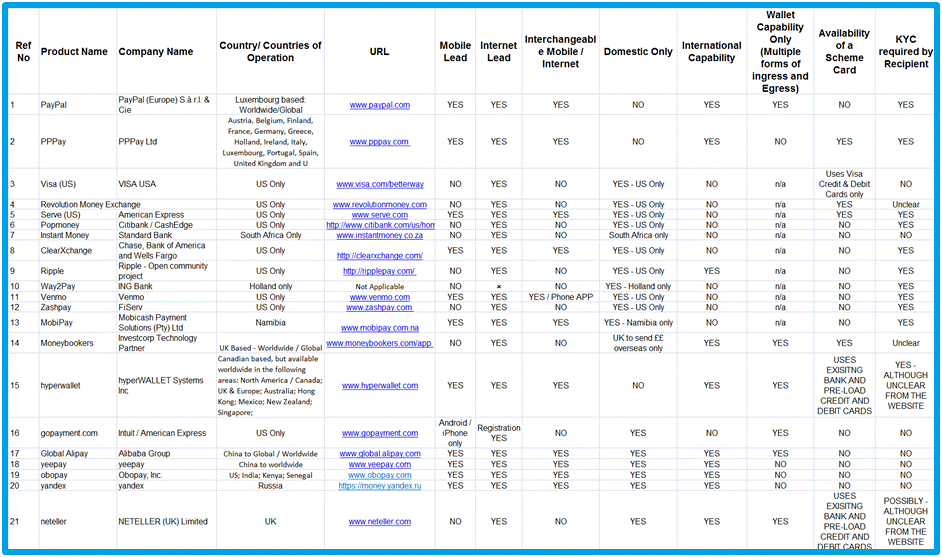P2P / Peer2Peer
These three letters are fast becoming the new hot topic. Sure we all talk about mobile payments but rather than payments when we talk ‘mobile enablement’ it is Peer 2 Peer that is often mentioned. Polymath believes that intra country P2P will quickly grow to be far bigger than inter country (money remittance). After all the opportunity to replace cash, cheques and other forms of P2P payments is huge.
What are P2P Payments
Peer-to-peer (P2P) is a communication/transaction model in which each party has the same capabilities and either party can initiate a communication/transaction
P2P payments are thus payments made from one person direct to another person. The funds/money is then available to the receiver to use
In Person-to-Business the sender initiates the sending of the funds to the business, as in they specify the amount to be sent – as opposed to a traditional ‘acquiring’ relationship where the business specifies the amount to be ‘pulled’ from the person
P2P payments although often associated with ‘mobile payments/money transfer’ are not restricted to mobiles and PC and other digital means can be used to initiate the payment
Global P2P Propositions

Polymath has carried out a detailed global review of P2P programmes. We are happy to discuss this analysis in detail but some key highlights were:
Many early providers of P2P services were borne out of specific consumer needs where the consumer or merchant was financially excluded.
Being able to pay for goods and services on-line, through services like PayPal, Neteller and Yandex, was a key enabler for consumers and merchants to become financially inclusive.
Typically, these were closed or restricted accounts for both payers and receivers, which could be loaded by traditional bank methods, as well as cash and money transfers.
The ‘cash-out’ methods for the early providers tended to rely on fall-back methods such as cheques, bank withdrawals, and prepaid cards.
In recent years across SEPA territories, some of the closed and restricted account providers have become full E-money issuers, which has allowed them to migrate their on-line consumer proposition from closed to open-loop, often partnering with the branded card networks for issuing.
SEPA and E-money regulations have also facilitated the ability for non-traditional banking providers to passport their E-money licences across Member States which provides multi-country commercial opportunities for issuing and acceptance.
The most successful P2P providers have captured markets by offering a means of paying and/or receiving money in return for an exchange of goods, both physical (ebay) and virtual (gaming and gambling)
In markets where financial exclusion is not prevalent, providers have used their P2P brands to help penetrate customer segments that are, or have become adverse to providing their everyday bank details, on-line, e.g. Neteller, MoneyBookers.
So What are the Key Drivers of Electronic P2P Payments
No one factor will ultimately drive P2P payments, and in many instances the prioritisation of the key driver will differ based on number of factors around:
1. Existing bank infrastructure and costs
2. Cultural issues
3. Available alternatives e.g. cheques
Some of the key drivers for electronic P2P payments are:
Paying third party businesses who for a variety of reasons e.g. too small, do not want to accept cards, such as schools, charities, mobile businesses
Where a group of people want to share a bill such as rent, or restaurant, or tickets
Everyday low payments where simple using other banking systems are either too expensive or not worth the hassle for the small payments
Replacing other more inconvenient, thus making payments easier than the alternative
Cashless Stadiums, Events & Festivals

A new global review of cashless stadiums both open and closed loop. A look at the recent open loop trials at festivals in Europe.
Outsource Review

A key question many brands ask as their initial prepaid card contract comes up for review is ‘Have we got the best deal?’ Polymath Consulting's structured review process can help ensure you are getting the best deal or find you the best solution if just launching.